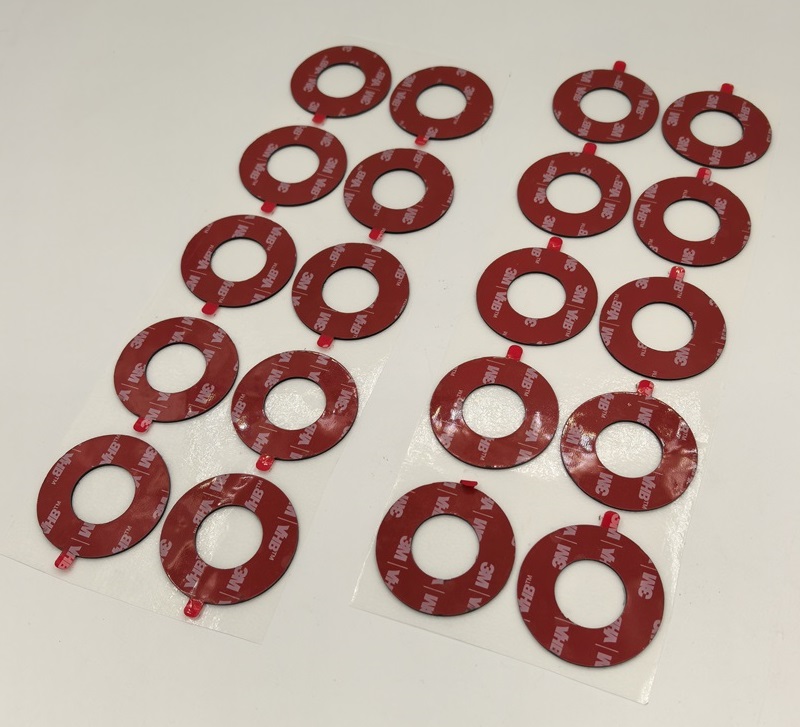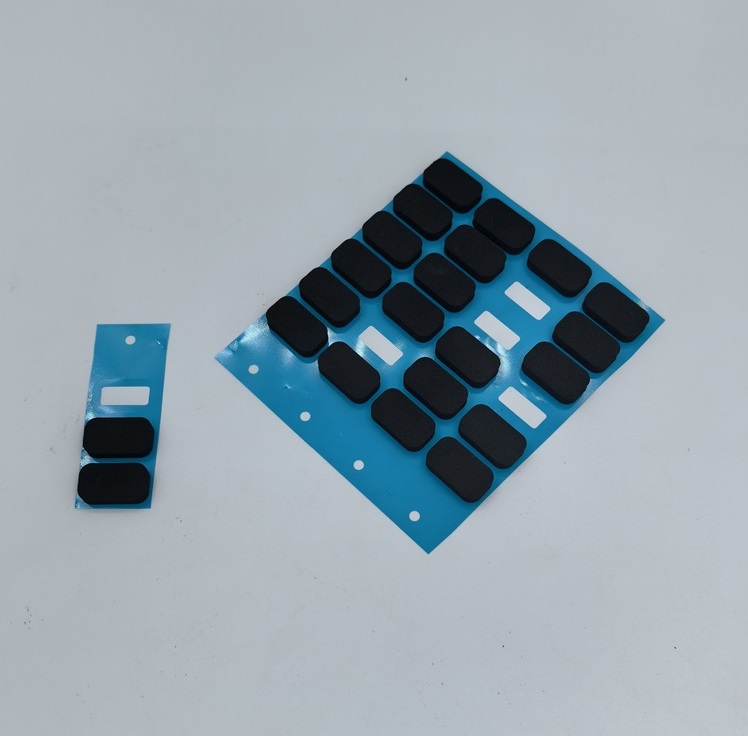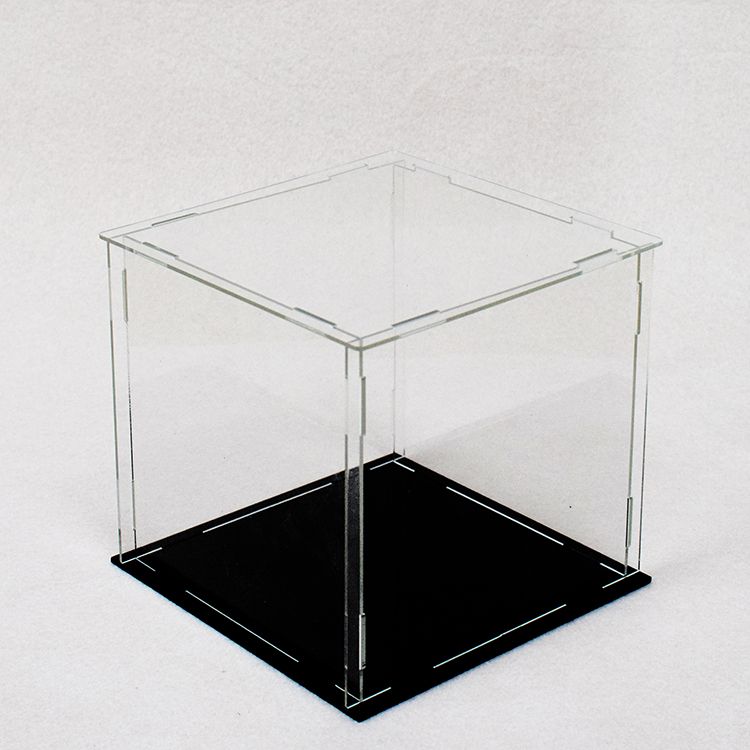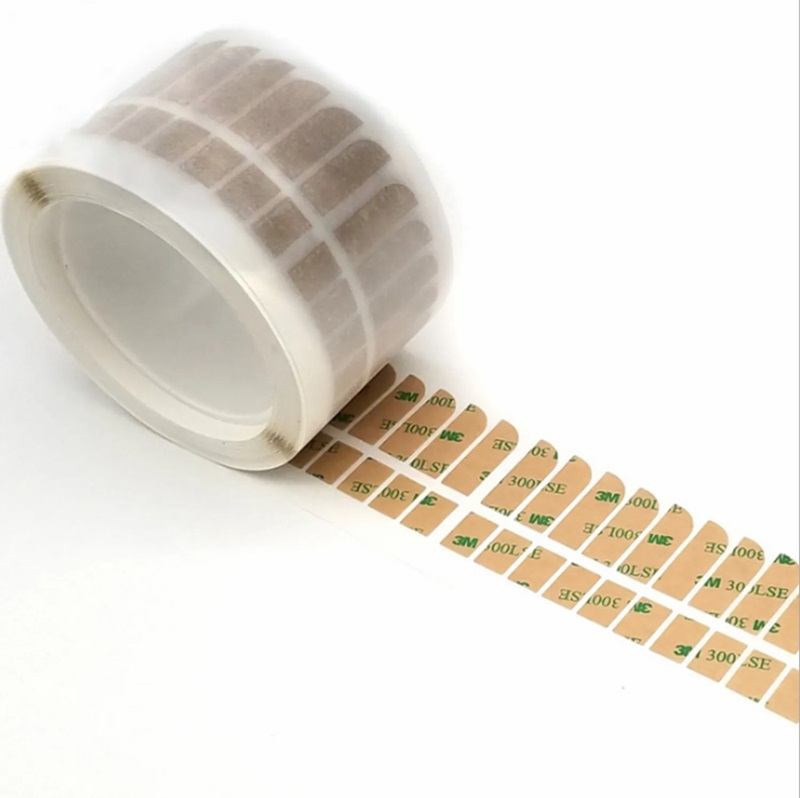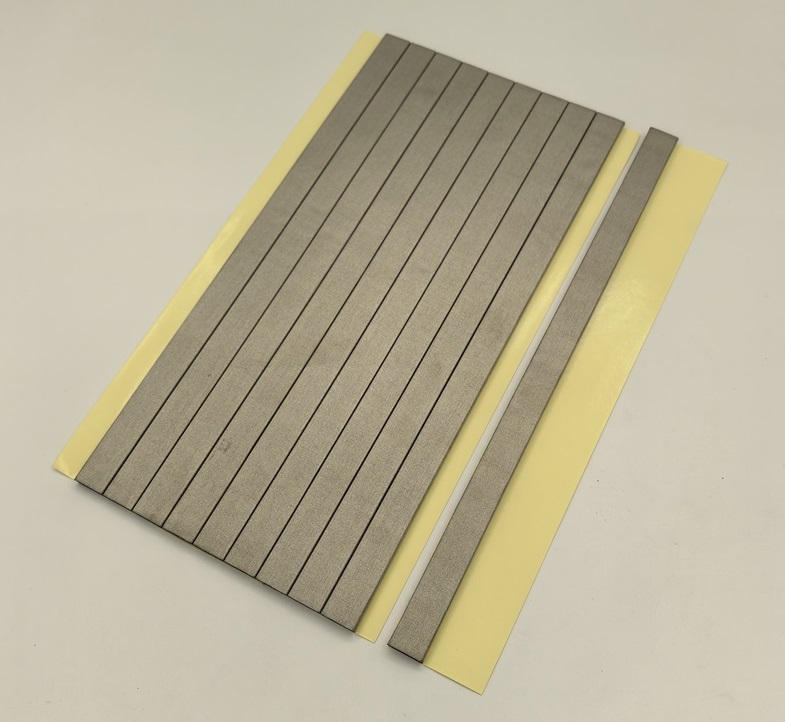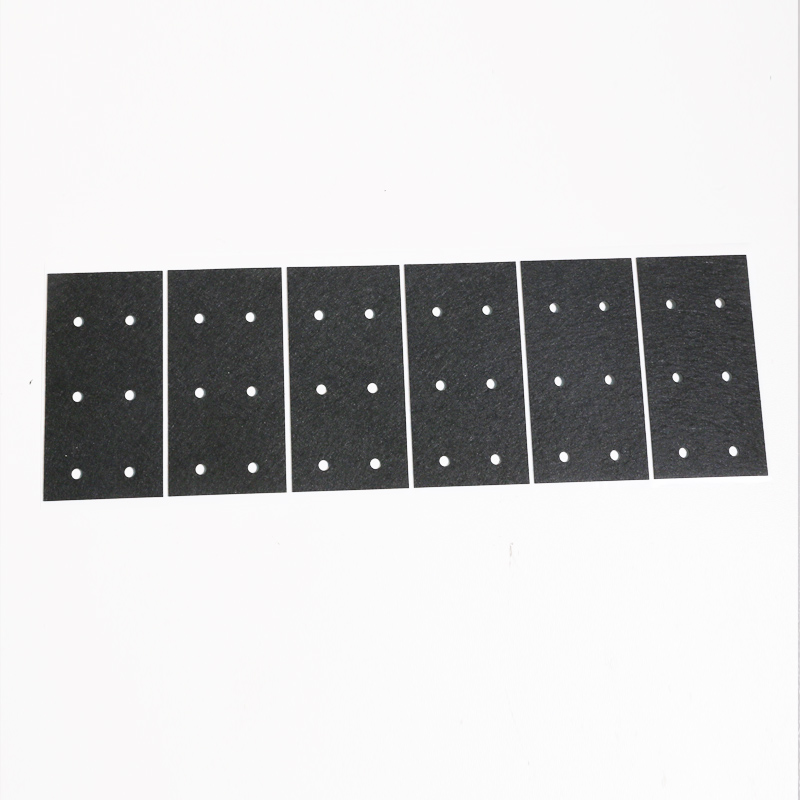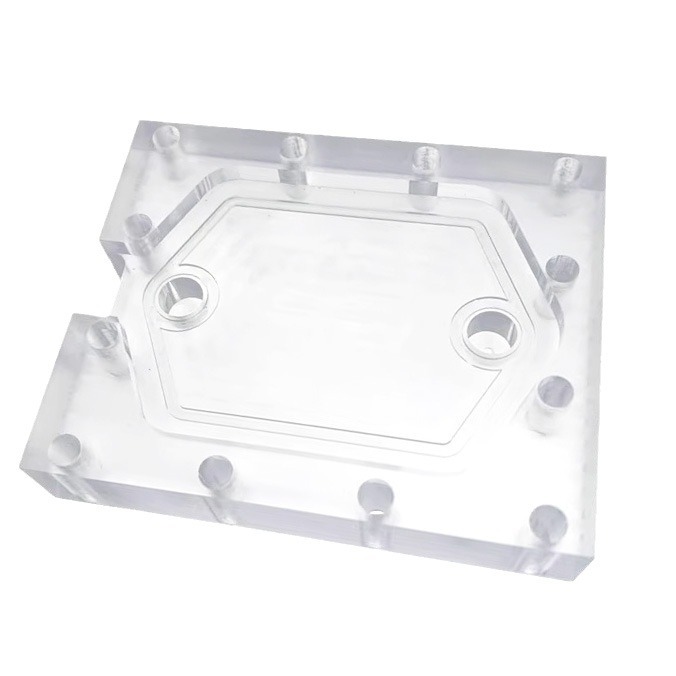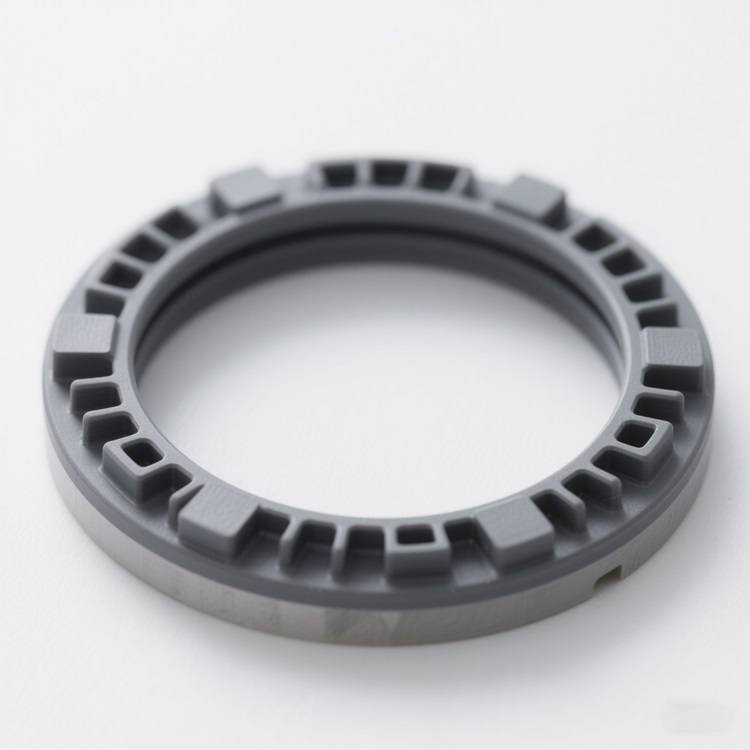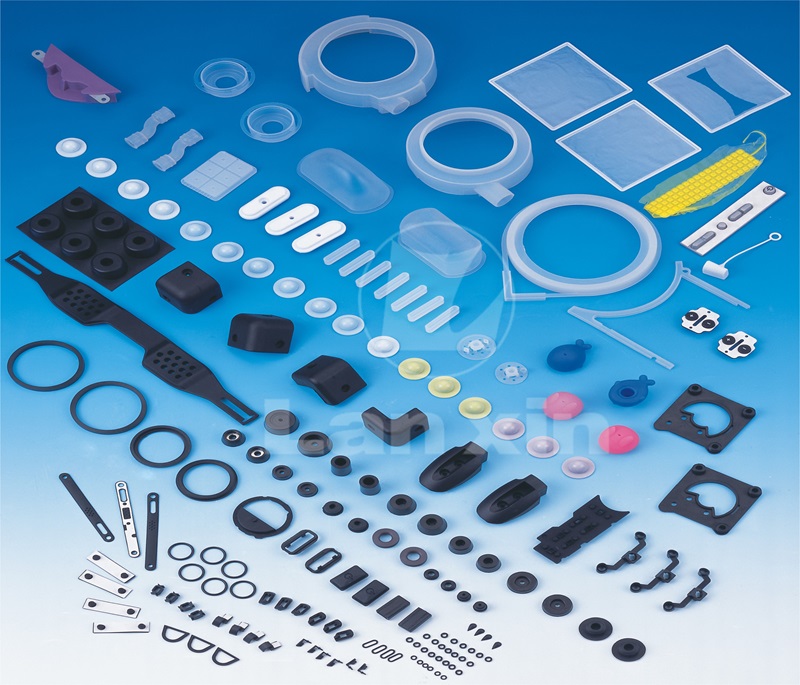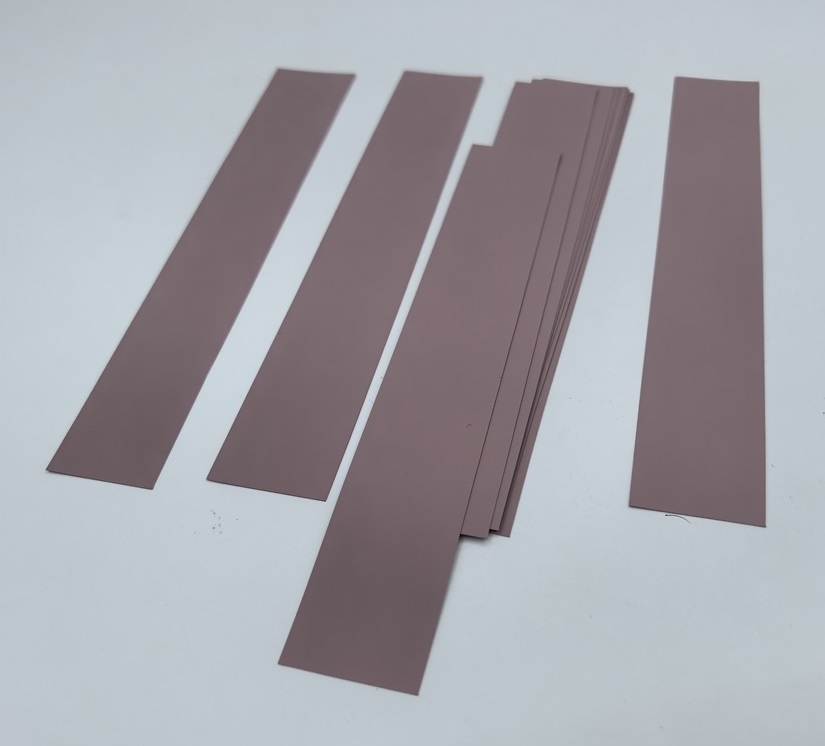| Plastics | |||||||||
| Material | Full name of material | Shrinkage (%) | Material characteristics and Application | ||||||
| ABS | Acrylonitrile-Butadiene-Styrene | 0.4~0.7% | It has certain toughness, surface gloss, super machinability, appearance characteristics, low creep, excellent dimensional stability and high impact strength. According to different material grades, there are different changes in performance, a kind of widely used engineering plastics. | ||||||
| ABS-FR | Acrylonitrile-Butadiene-Styrene(Flame retardant) | 0.3~0.8% | It has the flame retardant property. After modification, its own characteristics are weakened, and its fluidity is increased. It is easy to decompose and carbonize. It is mostly used in the shell of electrical products. | ||||||
| ABS+GF | Acrylonitrile-Butadiene-Styrene+Glassfiber | 0.2~0.4% | Glass fiber reinforced material, the strength and toughness of the material are solidified and increased, the fluidity is weakened, the internal stress becomes larger, used for the formation of wear resistance, corrosion resistance products. | ||||||
| ABS+PC | Acrylonitrile-Butadiene-Styrene+Polycarbonate | 0.5-0.9% | Alloy materials (also have their own ratio according to need), the toughness, strength, bending resistance of PC performance, while improving the fluidity of the material through ABS, surface gloss, mostly used in mobile phone shell, mobile phone battery, electrical shell, electrical parts, auto parts, etc.. | ||||||
| PA6 | Polyamide6 | 0.8~2.5% | It has certain toughness, good fluidity of the material, good impact strength, strong corrosion resistance, good mechanical strength and wear resistance, and is also used for manufacturing bearings. The material has strong water absorption, so it must be kept dry and the contact surface with air must be reduced. | ||||||
| PA6+GF | Polyamide6+Glassfiber | 0.4~0.6% | Glassfiber reinforced material, the toughness strength of the material is consolidated, the fluidity is reduced, but the surface glass fiber will be obvious, easy to decompose under high temperature, used for internal wear-resistant parts forming. | ||||||
| PA12 | Polyamide12 | 0.5~2% | Widely used in water gauges and other commercial equipment. It has certain toughness, good fluidity of the material, good impact strength, strong corrosion resistance, and easy decomposition of the material at high temperature. | ||||||
| PA12+GF | Polyamide12+Glassfiber | 0.5~1% | Glassfiber reinforced material, the toughness strength of the material is consolidated, the fluidity of the material is reduced, but the surface glass fiber will be obvious, easy to decompose at high temperature. | ||||||
| PA66 | Polyamide66 | 1.5~2.2% | Compared with PA6, it is widely used in automobile industry, instrument housing and other products requiring impact resistance and high strength. The toughness is strengthened, the fluidity is slightly reduced, the impact strength is good, the corrosion resistance is strong, and the cold resistance is strong. | ||||||
| PA66+GF | Polyamide66+Glassfiber | 0.50% | Glassfiber reinforced material, the toughness strength and impact strength of the material are consolidated, the fluidity is reduced, but the surface glass fiber will be obvious, easy to decompose under high temperature. | ||||||
| PBT | Polybutylene Terephthalate | 1.5%~2.8% | Widely used in household appliances, electrical components, automobile industry, etc. It has certain toughness, hardness, good fluidity, good flame retardant, high mechanical strength, excellent chemical resistance, easy deformation, and later is known as the fifth engineering plastics. | ||||||
| PBT+GF | Polybutylene Terephthalate+Glassfiber | Glassfiber reinforced material, toughness, mechanical strength, chemical resistance, etc. are optimized, fluidity is reduced, and deformation is reduced. | |||||||
| PC | Polycarbonate | 0.5~0.7% | Widely used in electrical and commercial equipment, appliances, transportation industry, etc. With strong toughness, high hardness, weak light transmittance, poor liquidity, because of good performance, widely used, commonly known as bulletproof glue, a kind of engineering plastic, transparent material is also used for mirror body forming. | ||||||
| PC+GF | Polycarbonate+Glassfiber | 0.1~0.5% | Its strength and toughness, hardness have been fully developed, and has a strong corrosion resistance, in practical application can replace most of the metal parts. | ||||||
| PC+PBT | Polycarbonate+Polybutylene Terephthalate | 1.5%~2.8% | Used for gear boxes, automobile bumpers and products requiring chemical reaction resistance, corrosion resistance, thermal stability, impact resistance and wearing parts, high and low temperature resistance. Neutralize the advantages and disadvantages of both, the strength and toughness of PC and the hardness and mechanical properties of PBT are brought into play. | ||||||
| PEI | Polyetherimide | 0.6% | Used in automobile industry, electrical and electronic equipment, product packaging, aircraft internal equipment, pharmaceutical industry, etc. Strong toughness, strength, good mechanical properties, corrosion resistance, high insulation, can replace part of the metal forming. | ||||||
| PEI+GF | Polyetherimide+Glassfiber | 0.2~0.4% | The toughness, strength and mechanical properties of glass fiber are enhanced after reinforcement, and the surface glass fiber deposition needs to be improved by high mold temperature, which is mainly used for the forming of internal functional parts of electrical appliances. | ||||||
| PET | Polyethylene terephthalate | 1.2~2.0% | Used in automotive industry, electrical components, industrial applications, etc. It has certain flexibility, strength and good mechanical properties. It is easy to decompose and carbonize at high temperature. It is mainly used for forming internal parts and external vulnerable parts of electrical appliances. | ||||||
| PET+GF | Polyethylene terephthalate+Glassfiber | Glassfiber reinforced material, its flexibility, mechanical properties have been strengthened, easy to decompose carbonization under high temperature, mostly used in electrical internal parts, external wearing parts of the formation. | |||||||
| PMMA | Polymethyl methacrylate | 0.6% | With toughness, strong transmittance, white light transmittance up to 92%, is the best transmittance of all transparent materials, commonly known as sub afterforce, plexiglass, widely used in mirror, optical disc and other forming. The high hardness performance of the materials. | ||||||
| POM | Poly Oxymethylene Polyacetal | 2.2~2.5% | With very low friction coefficient and good geometric stability, especially suitable for making gears and bearings. Because of its high temperature resistance. Easy to decompose at high temperature, because of its high hardness, commonly known as match steel. | ||||||
| POM+GF | Poly Oxymethylene Polyacetal+Glassfiber | 1.3~2.8% | Glassfiber reinforced material, the advantages of the material has been solidified and increased, reduced fluidity, easy decomposition, easy carbonization, can replace part of the metal forming. | ||||||
| PP | Polypropylene | 1~1.25% | With strong flexibility, good viscosity, good liquidity, high stability, because there will be no degradation at high temperature, unmodified PP for screw cleaning, commonly known as 100 fold adhesive. | ||||||
| PP+GF | Polypropylene+Glassfiber | 0.2~0.8% | The viscosity, fluidity and stability of the modified material are reduced, and the toughness is enhanced. It will not degrade for a long time at high temperature. | ||||||
| PPE | Phenylene Ether | 1~2.5% | Used for household goods, electrical equipment, etc. Has a certain toughness, strength, good mechanical properties, not easy to decompose under high temperature. The mixed material with PA 66 has greater chemical stability at high temperatures. This material has very little moisture absorption and its products have excellent geometric stability. | ||||||
| PS | Polystyrene | 0.3~0.6% | Used in product packaging, household goods, toys, electrical equipment, etc., including GPPS and HIPS. The material performance is reflected in two limits of flexibility and hardness. It is the most widely used plastic for civil use. In production, the ratio is carried out according to the needs, and GPPS improved SAN can be used to replace PMMA. | ||||||
| PS-FR | Polystyrene(Flame retardant) | 0.3~0.5% | After increasing the flame retardant performance, the material performance changes, easy to decompose, easy to carbonize, corrosive, mostly used in electrical products shell. | ||||||
| PVC | Polyvinyl chloride | 0.2~0.6% | Used for water supply pipe, household pipe, housing wall panel, commercial machine shell, electronic product packaging, medical equipment, food packaging, etc. The material has non-flammability, high strength, weather resistance and excellent geometric stability, good fluidity and flexibility. | ||||||
| AS | Acrylonitrile-Styrene Copolymer | 0.4~0.6% | Used in electric, daily commodity, automobile industry, household goods, cosmetic packaging, etc. Transparency is second only to PMMA, higher than PC, ABS, GPPS, compared with PMMA hardness reduction, increased fluidity, the user is mostly used to replace PMMA material. | ||||||
| PPS | Polyphenylene Sulfide | 1% | Good chemical resistance, special rigidity, poor toughness, low impact strength, dissolved colloid instability, mostly used for the forming of internal functional parts. | ||||||
| PEEK | Polyetheretherketone | 1.5~1.6% | It has the advantages of high temperature resistance, corrosion resistance, wear resistance, high strength and low noise, because its excellent mechanical properties can replace metal, and is mostly used for wear-resistant gear forming. | ||||||
| PPA | Polyphthalamide | 0.4~0.6% | High temperature resistance, corrosion resistance, excellent wear resistance, good mechanical, shrinkage performance, high temperature decomposition resistance, can replace part of the metal accessories. | ||||||
| TPE | Themoplasticelastomer | 1.5~3% | Good transparency, flexibility and relatively low price, with broad design space. Transparent series is applied to high transparency toys, materials for suction cups, sports equipment and sealing rings. | ||||||
| TPU | Thermoplastic Urethane | 0.8~3% | By changing the ratio of each reaction component of TPU, products with different hardness can be obtained, and with the increase of hardness, the products still maintain good elasticity. TPU products have outstanding bearing capacity, impact resistance and shock absorption performance. The glass state transition temperature of TPU is relatively low, and it still maintains good elasticity, flexibility and other physical properties at minus 35 degrees Celsius. | ||||||
The choice of different plastic molding methods depends on the type of plastic (thermoplastic/thermosetting), product shape (hollow/solid, simple/complex), size, production batch and performance requirements:
Injection molding is preferred for large batches and complex structural parts;
Extrusion molding is preferred for continuous and long strip products;
Blow molding is selected for hollow containers;
Blood molding is selected for thin-walled shallow cavity products;
Foam molding is selected for lightweight porous products.
Rotational molding or 3D printing can be considered for large or customized parts.
Lanxin Company has professional experience in injection molding and extrusion molding, and is working hard to improve its manufacturing level in the direction of 3D printing.


